Otis Jones
-
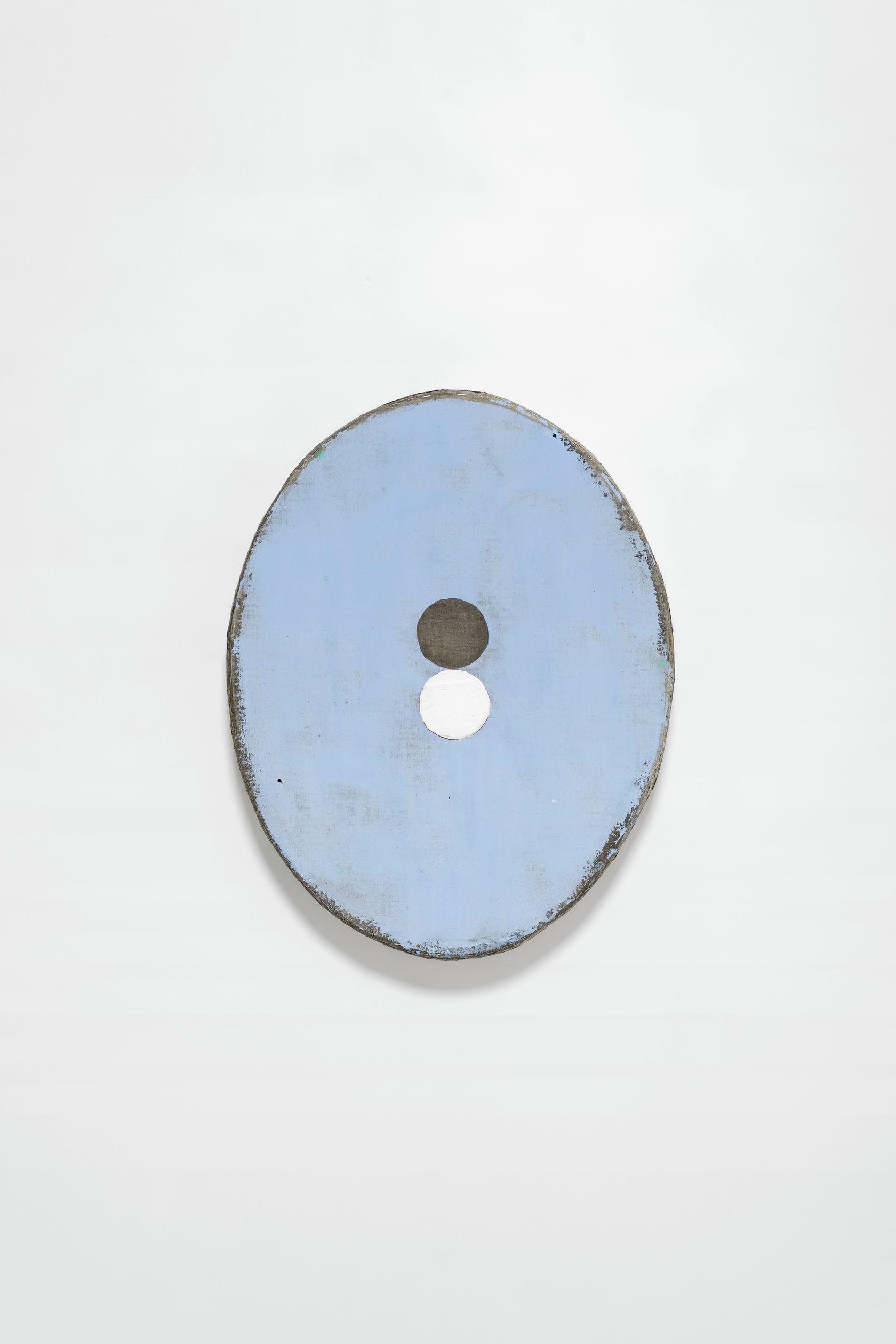 1/6
1/6
Otis Jones, Blue With Gray and White Circles, 2022
-
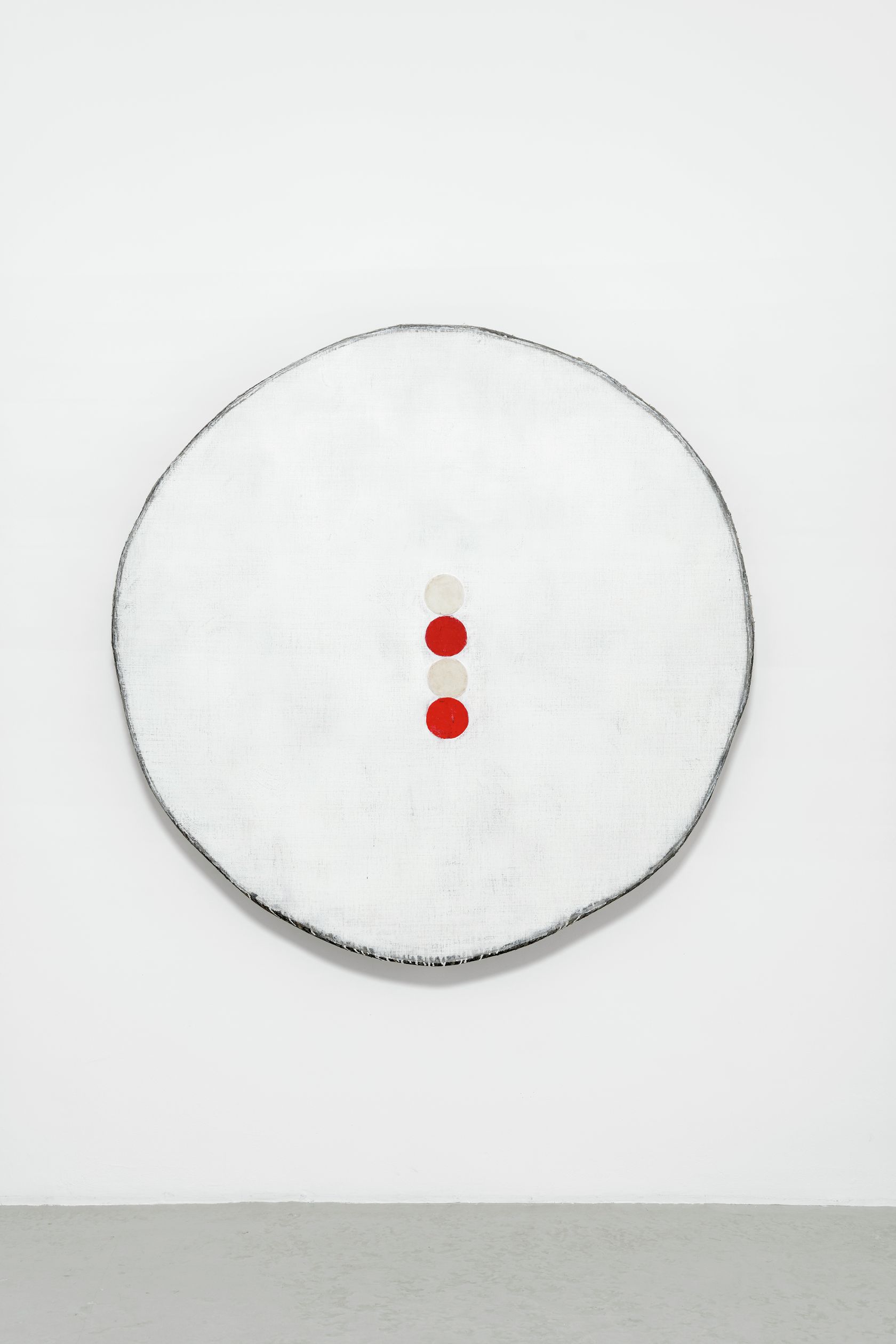 2/6
2/6
Otis Jones, White with Two Ivory Circles and Two Red Circles, 2022
-
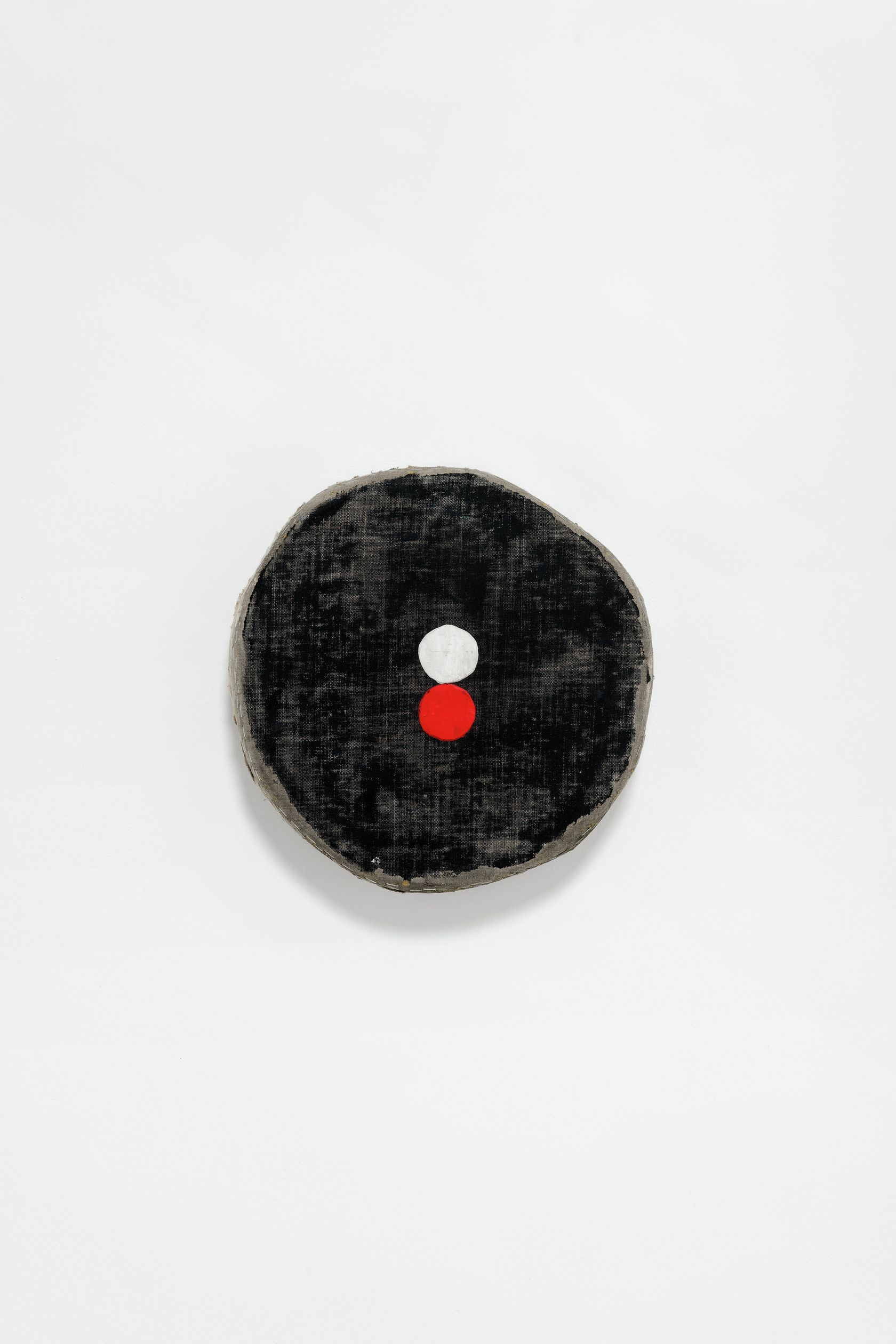 3/6
3/6
Otis Jones, Black Circle with Stacked White and Red Circle, 2022
-
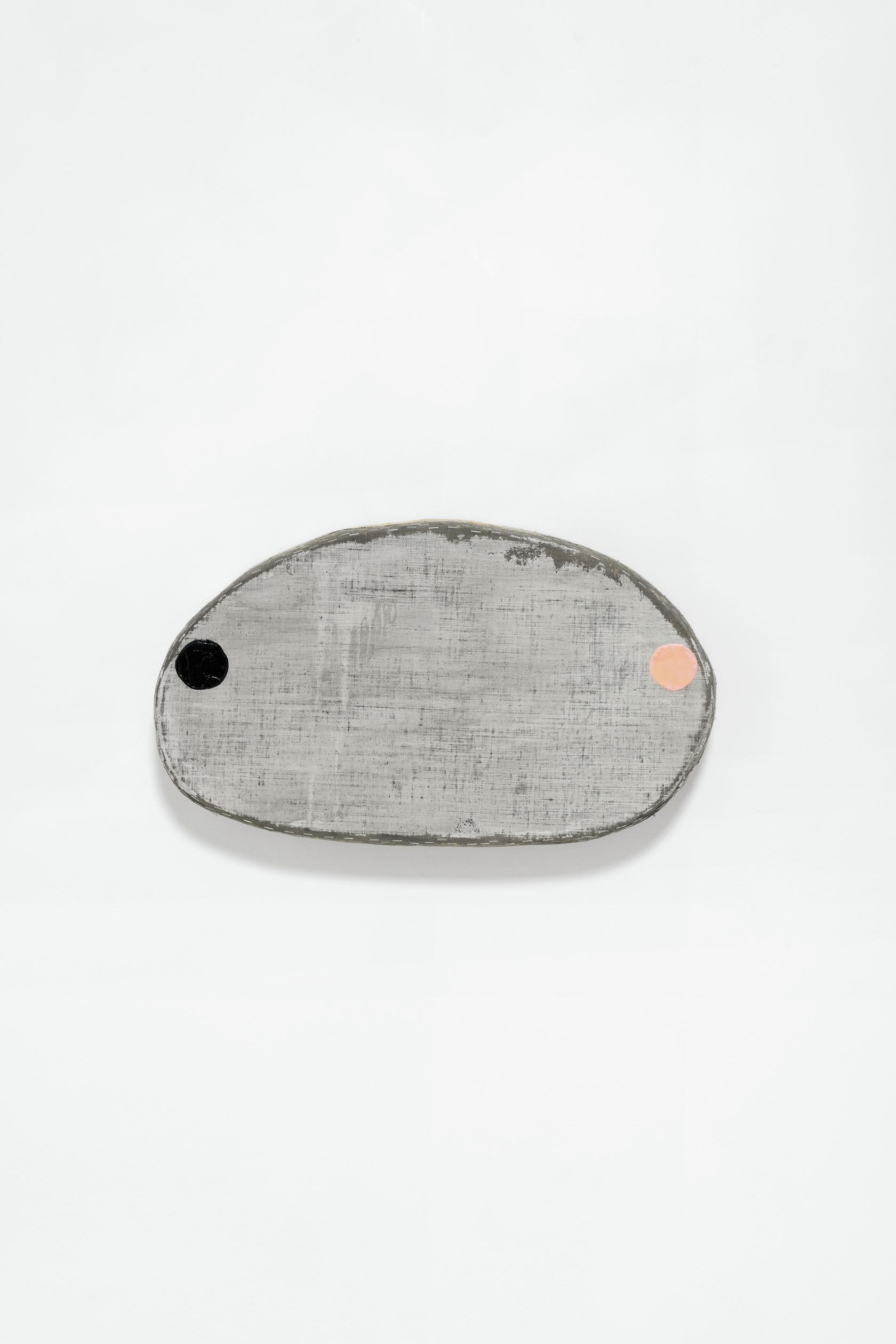 4/6
4/6
Otis Jones, Odd Shape with Pink and Black Circles, 2021
-
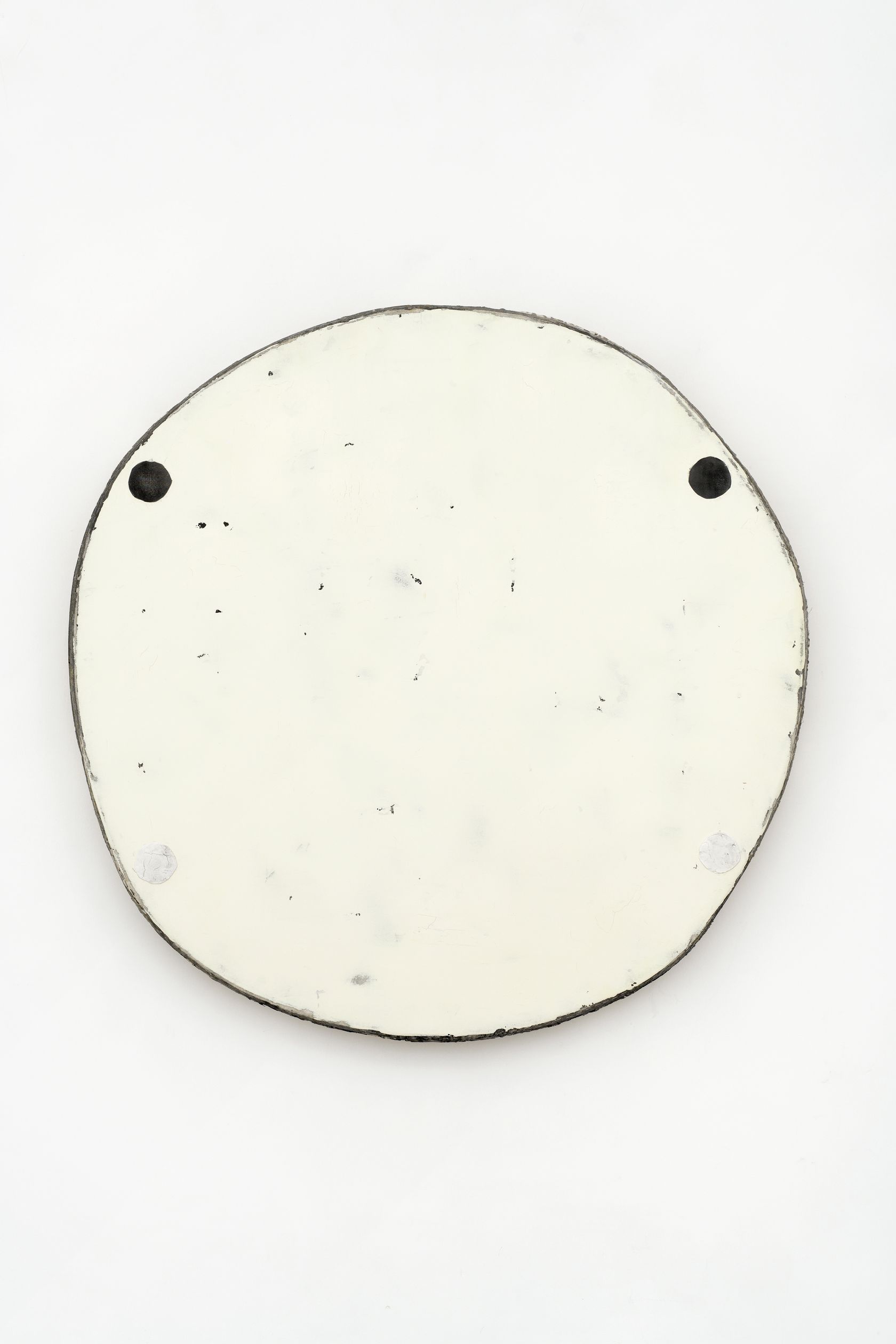 5/6
5/6
Otis Jones, Yellow with 2 black and 2 white, 2019
-
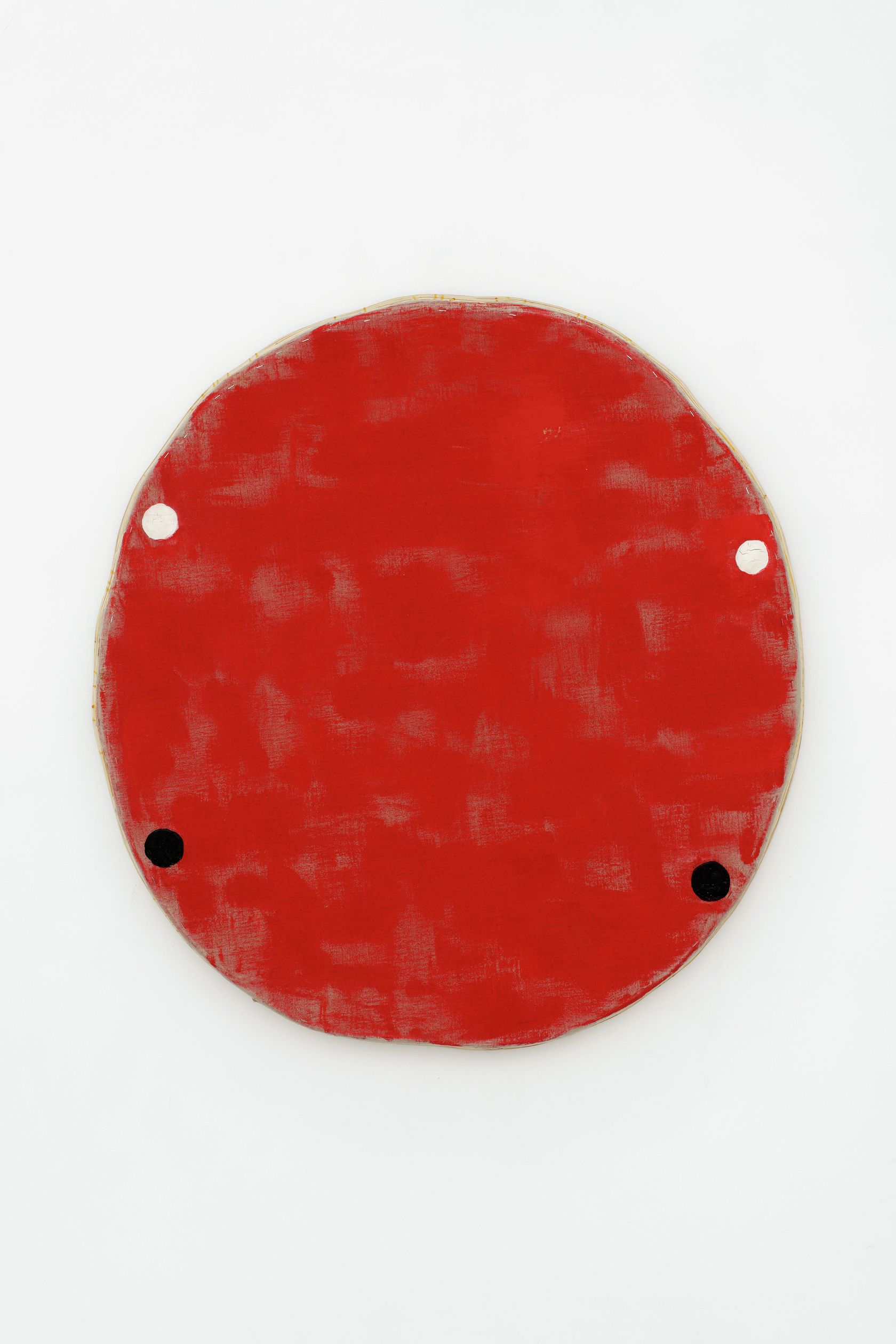 6/6
6/6
Otis Jones, Red Circle with Two White and Two Black Circles, 2019
Unencumbered by pictorial motifs, narrative elements and occasionally even color, the Texan artist Otis Jones’ oeuvre is understated yet intensely physical and persistently original. Shying away from the grandiose, the painter prefers to concentrate on the essential: the relationship between shape, composition, color and the subtle nuances that lend his paintings their meditative character. Cratered like the moon, the surfaces of his paintings are palimpsests formed by the artist’s own hand. To obtain this abraded texture of intense visual depth, Otis Jones repeatedly performs an unchanging empirical ritual: roughly cut canvases are mounted on irregularly shaped wooden panels, then successively painted and sanded down. Otis Jones deploys a limited number of formal elements—lines, dots and squares—whose contrasting colors are extracted from underlying layers and which are prominent enough to be spared from being erased. His works echo Post-Minimalism and even the Japanese Mono-ha movement (an artistic school dating from 1968-1975, whose members included Nobuo Sekine, Jiro Takamatsu and Lee Ufan amongst others). They are wholly focused on the process of painting as a subject and thus manage to attain an ineffable aura of permanence.
Born in 1946 in Galveston, Texas (US), Otis Jones graduated from the Kansas State University in 1969 and completed his studies at the University of Oklahoma in 1972. In 1982, he was awarded a research grant by the National Endowment for the Arts and went on to teach at the Texas Christian University, the University of Texas at Austin and the University of Texas at Arlington. His works feature in many private and public collections such as the Dallas Museum of Art, the Hammer Museum in Los Angeles, the Museum of Fine Arts in Houston, the San Antonio Museum of Art and the Nelson Atkins Museum of Art in Kansas City.